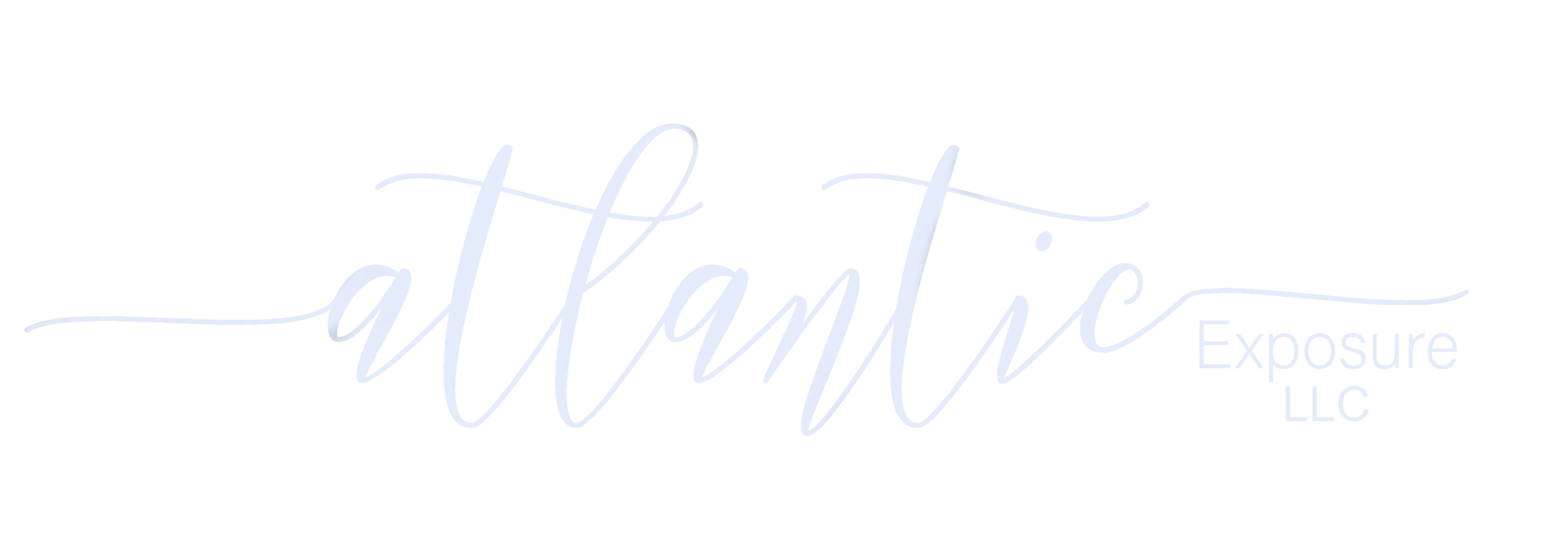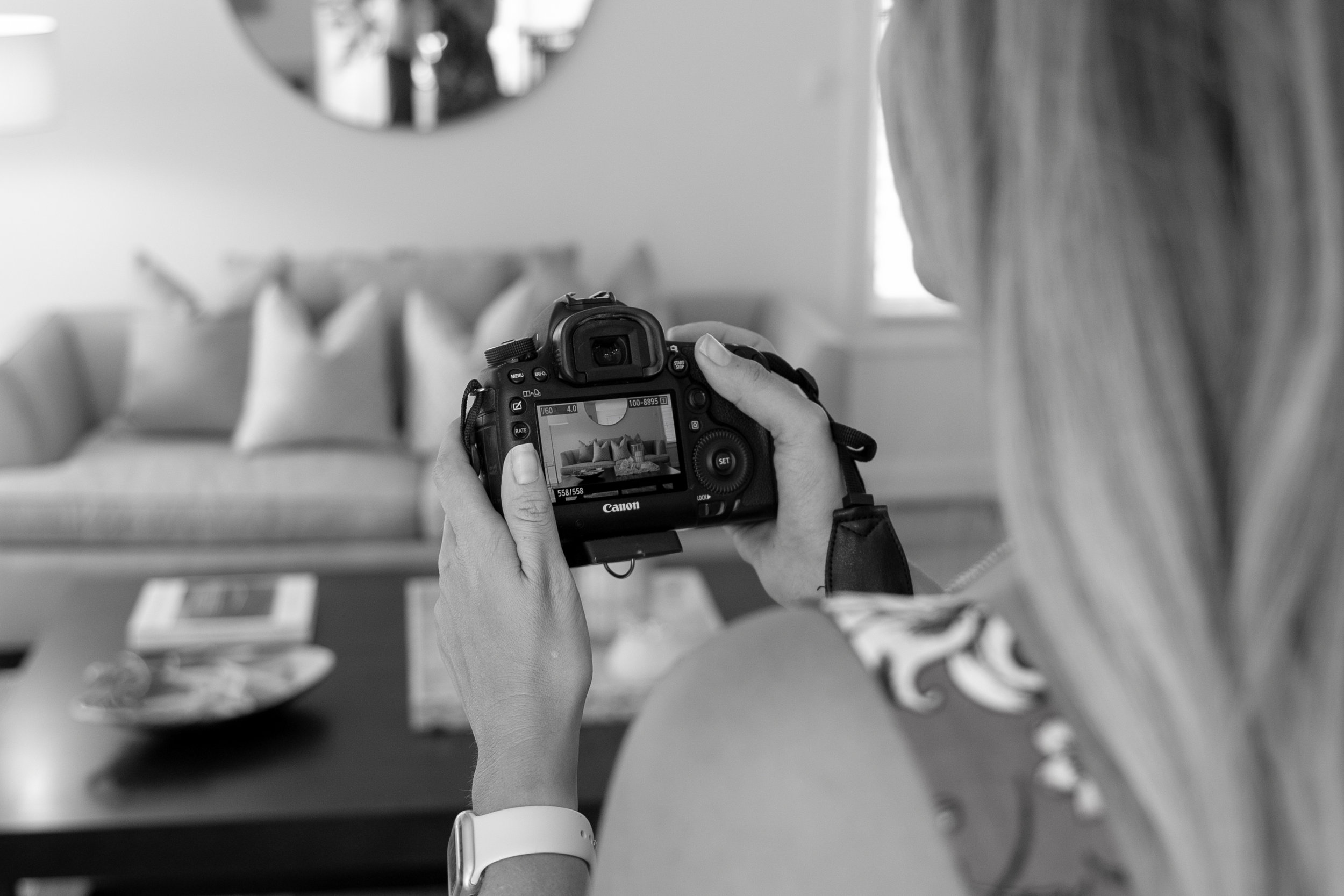National Camera Day 2021
June 29th is National Camera Day! Our work here at Atlantic Exposure would not be possible without cameras. We wanted to celebrate by sharing a bit of the extensive history of the camera and photography along with a fun project we did in the spirit of the day.
Cameras have come a long way since the camera obscura (“dark chamber” in Latin) used for art and entertainment as early as the 4th century BC. It is controversially thought that some master painters of the Renaissance era used camera obscuras to trace scenes prior to painting them.



It was not until the early 1800’s that photography cameras came into existence. Inventor Nicéphore Niépce invented heliography, his name for what is now known as photography. With his invention he created what is credited as the first fixed permanent photograph. Niépce would place an engraving and various chemicals onto different materials, expose it to light, and the light reacted to the chemicals on the plate. The chemical reaction created an image on the plate. The process took 8 hours and was not permanent as the photographs would eventually fade away depending on the materials used. Niépce tried for many years to reduce his exposure times, but ultimately died without seeing any further advances.


After Niépce’s death, his partner Louis Daguerre continued their work, and was successful at reducing exposure time. In 1833, he invented the daguerreotype process using silver plated sheets of copper to produce highly detailed permanent photographs. The daguerreotype is the first successful form of photography as we know it today.




With a successful process in place, the evolution of the camera took off. Panoramic cameras with wide angle lenses made from glass spheres filled with water, stereoscope viewers, and the game changing Kodak celluloid film camera invented by George Eastman all came out in the 50 years after the daguerreotype. In 1900, Eastman took it a step further and introduced the first mass-marketed camera in the world. The small and affordable Brownie camera was incredibly popular and was available for sale until the 1960’s.


Tartan Ribbon, photograph taken by James Clerk Maxwell in 1861. Considered the first durable colour photographic image, and the very first made by the three-colour method Maxwell first suggested in 1855. Maxwell had the photographer Thomas Sutton photograph a tartan ribbon three times, each time with a different colour filter (red, green, or blue-violet) over the lens. The three photographs were developed, printed on glass, then projected onto a screen with three different projectors, each equipped with the same colour filter used to photograph it. When superimposed on the screen, the three images formed a full-colour image. Maxwell's three-colour approach underlies nearly all forms of colour photography, whether film-based, analogue video, or digital. The three photographic plates now reside in a small museum at 14 India Street, Edinburgh, the house where Maxwell was born. Source: Wikimedia Commons
Cameras have evolved with technology to the point where almost everyone now has one in their pocket. There are cities with one on every corner. It has become a staple feature in phones, computers, cars, medical technology, and so much more. You name it, someone has probably put a camera on or in one. Cameras enable us to see the smile on a loved ones face in real time. We can tell stories, share moments, preserve memories, avoid accidents, and explore places we cannot safely go. In its time, the camera has gone from the size of a room to something the size of a grain of sand and able to fit in the smallest of veins. It is an impressive journey that deserves some celebration!


In the spirit of National Camera Day, some of us decided to have some fun with a vintage Brownie camera we have in the office!
Krista



“I decided to have fun and do three different edits of the same photo. The first one is done without any special editing techniques. I love the look of high contrast editing in images that are black and white or with low color, so I chose that for my second edit. Last, it is always fun to see an inverted color version of an image and I think this one looks great that way.”
Maris
“While trying to figure out how I wanted to place the camera strap, I noticed a slight heart shape. This idea popped into my head and with a bit of crafty creativity, came to life! Showing my love for cameras with a picture featuring both seemed very fitting for the project.”
We hope you enjoyed learning more about cameras and celebrating them with us! It was nice having the chance to play around and be creative with cameras, but it is time to get back to what we love to do. Giving the BEST exposure possible to our clients and their properties!






